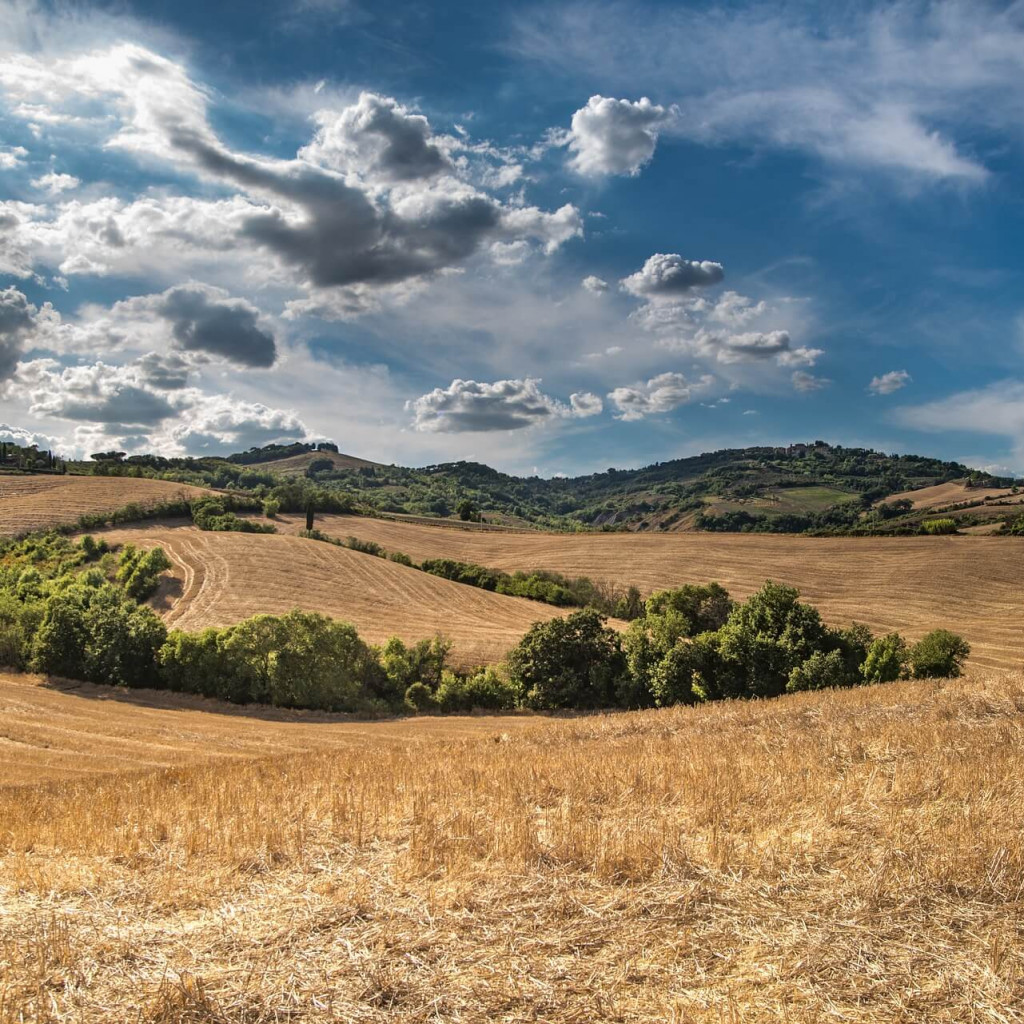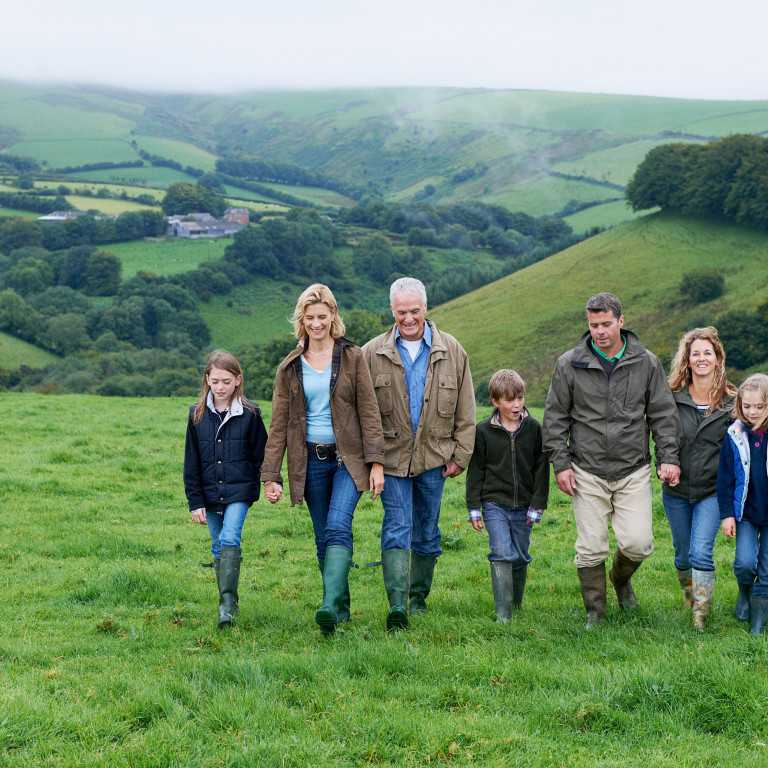Generally speaking, planners view the keeping of horses as a hobby as less of a planning issue than commercial equestrian uses. So if you keep your horse principally for your own leisure activities, rather than for profit as a business activity, planning will usually be more straightforward.
That said, planning consent is still needed even for a pet horse’s stable in some circumstances. Let’s take some very typical scenarios – assuming in each case that the horse is a “pet” belonging to someone in your household.
1. You want to use the old detached garage in your garden which you no longer need for car parking since you extended the house and added a new double garage
This may well be possible. Firstly, the existing outbuilding which is to become your new stable must be within the “curtilage” of your house, i.e. the immediate enclosed garden area. Secondly, the use of your property for horse-keeping must be of a scale and character which is merely “incidental to the dwellinghouse” and therefore not a material change of use, which would of itself require planning permission.
2. You have plenty of room right by the house but you don’t have a suitable existing building
If you need to build Dobbin a new stable, it would be advisable to check either online here …or in person with your local planning authority that the proposed stable fits the “permitted development” criteria in terms of height, size and position in relation to any other buildings and public highways. If it is, you just need to check that use will be “incidental to the dwellinghouse” – see above.
3. You want to put a stable in a two acre paddock adjoining your garden
Unfortunately “curtilage” does not include paddocks which adjoin back gardens, so planning permission would be needed for a new stable in a paddock. However, you may be able to use a mobile field shelter as a stable without any planning permission at all.
4. You already have a small stable yard – a block of three stables plus a tack room and feed store – for which you have planning permission. The trouble is the stables are already occupied so you want to use the tack room as an additional stable and convert an old mobile home into a tack room.
While it may be possible to use the tack room as a stable (provided there is no condition in your planning permission restricting use), the stationing of a mobile home on the land for equestrian purposes is likely to require planning permission. So to avoid a planning application you will need to house your tack in an existing building.
Find out more
For advice please email our experienced equine law solicitors.






